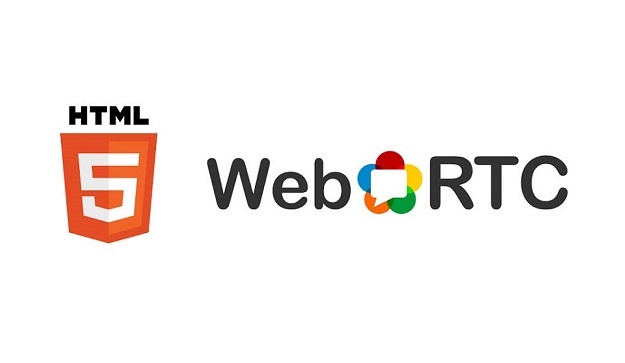HTML5 and WebRTC: The future of online conferencing is coming
This article was originally published on 21.12.2016 on silicon.de and has been updated to reflect the technological landscape in 2024.
For many years, Flash was the cornerstone of web conferencing and browser-based collaboration. Its universal compatibility and install-free accessibility made it an indispensable tool for users worldwide. At its peak, over a billion installations globally underscored its dominance as the standard for delivering browser-based media applications, cementing its role in online collaboration tools.
The rise and fall of flash
However, Flash's ubiquity came with a significant downside. The platform became a prime target for cybercriminals due to frequent security vulnerabilities. Despite ongoing efforts to patch these issues, Flash's reputation eroded, paving the way for developing and adopting more secure alternatives.
In the following years, HTML5 and WebRTC emerged as the technologies destined to replace Flash. Promising enhanced security, improved performance, and universal browser compatibility, they were hailed as the future of web-based communication. Today, as we approach 2025, the dominance of Flash has been relegated to history, and these modern technologies have become the standard for web conferencing.
The era of HTML5 and WebRTC
The transition from Flash to HTML5 and WebRTC is now complete, thanks to widespread browser support and advancements in functionality. HTML5 excels at delivering multimedia content, while WebRTC enables seamless peer-to-peer video and audio communication directly within browsers—without requiring plugins. Together, these technologies have eliminated the limitations that once made Flash indispensable.
Major browsers like Google Chrome, Mozilla Firefox, Microsoft Edge, and Apple Safari now fully support HTML5 and WebRTC, ensuring a consistent and secure user experience across platforms. The once-fragmented support landscape has converged, offering businesses and users a unified, reliable foundation for web conferencing.
Challenges overcome
A heterogeneous user base posed a significant challenge in the early days of HTML5 and WebRTC adoption. Organisations faced difficulties transitioning to these technologies while ensuring accessibility for users with outdated or unsupported browsers. However, these barriers have largely been overcome through continuous advancements and user education. Today, over 95% of users can seamlessly access web conferencing platforms powered by HTML5 and WebRTC.
The end of Flash
Flash officially reached its end-of-life on 31 December 2020, with Adobe ceasing support and major browsers blocking Flash-based content entirely. This marked the definitive end of an era and solidified HTML5 and WebRTC as the de facto standards for web-based conferencing. The dual-support approach that once bridged the gap is no longer necessary, allowing providers to focus exclusively on modern technologies.
Looking to the future
As we look ahead, HTML5 and WebRTC continue to evolve, integrating emerging trends like artificial intelligence (AI), machine learning, and advanced encryption standards. These innovations enable smarter, more secure, and more inclusive web conferencing experiences. For example, real-time transcription, noise cancellation, and virtual background enhancements have become integral features, enhancing accessibility and usability for diverse audiences.
Final thoughts
Flash’s role in the evolution of web conferencing cannot be understated. It was a groundbreaking technology that defined an era. However, its limitations underscored the need for progress, driving the development of HTML5 and WebRTC. Today, these modern technologies have fulfilled their promise, delivering secure, efficient, and universally accessible web conferencing solutions.
The era of Flash is firmly behind us, and the future of web conferencing has never been brighter. Providers and users alike are now fully embracing the possibilities offered by HTML5 and WebRTC, ushering in a new chapter in digital communication.
Share this
You May Also Like
These Related Stories

Bridging Real-Time Streaming: Unveiling the synergy between RTMP and HTML5 video players

The official end of Flash support (for Samba Live)


